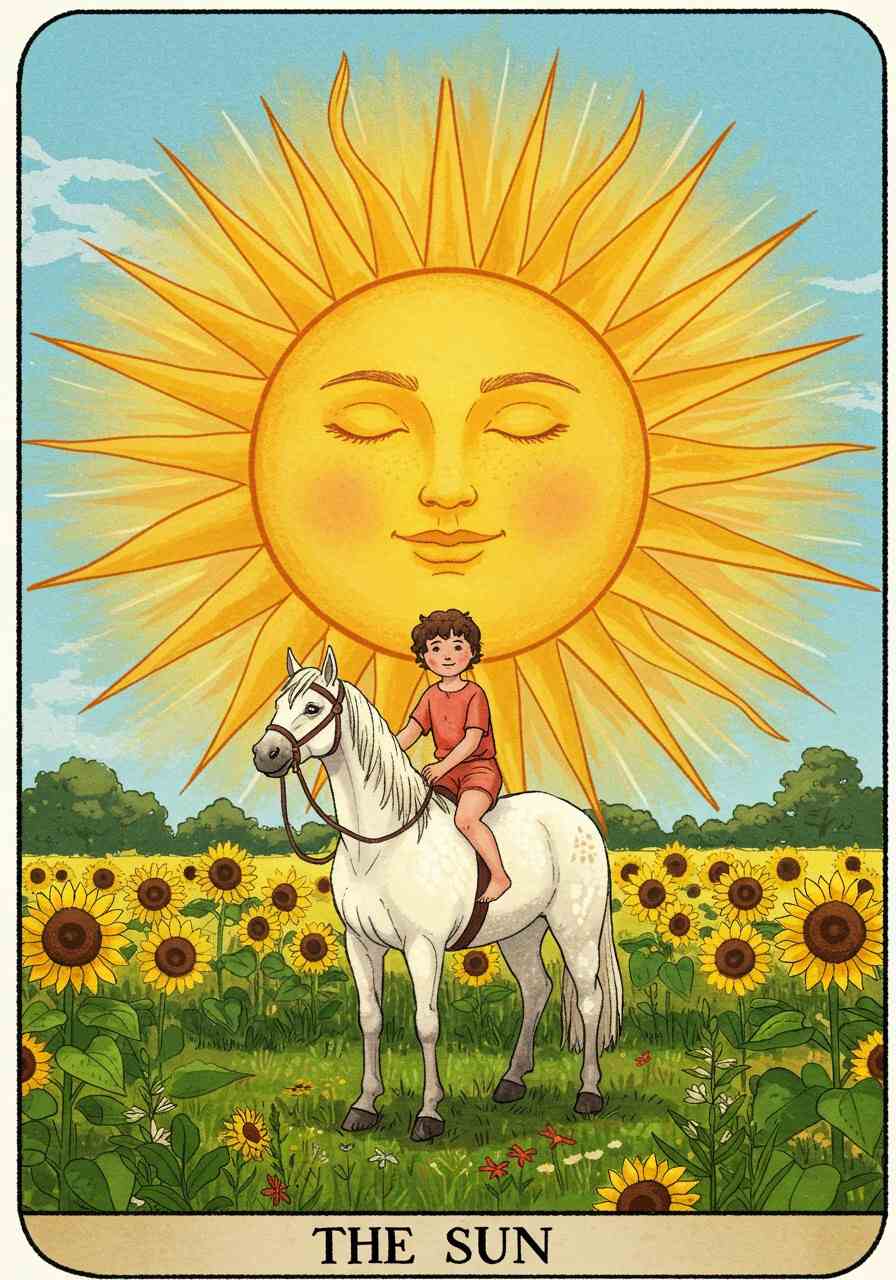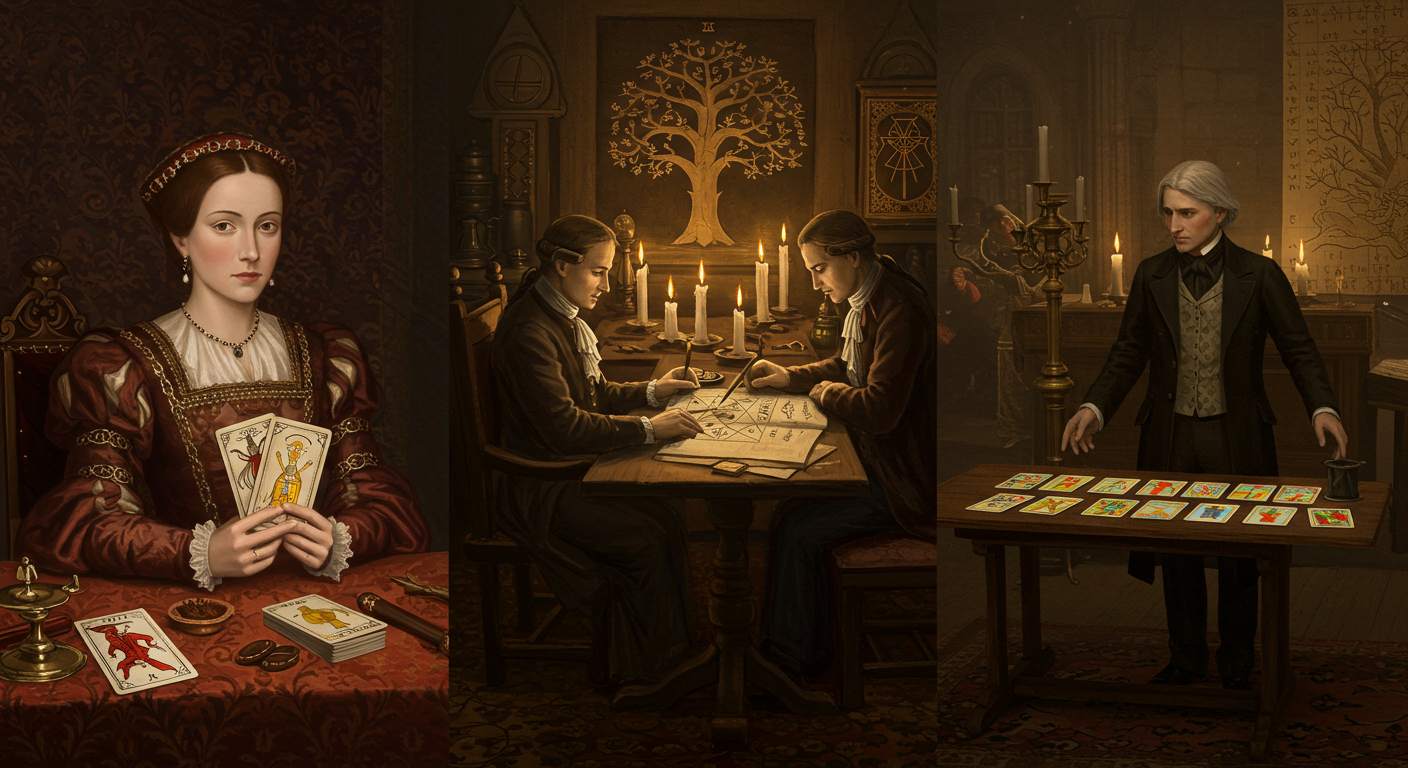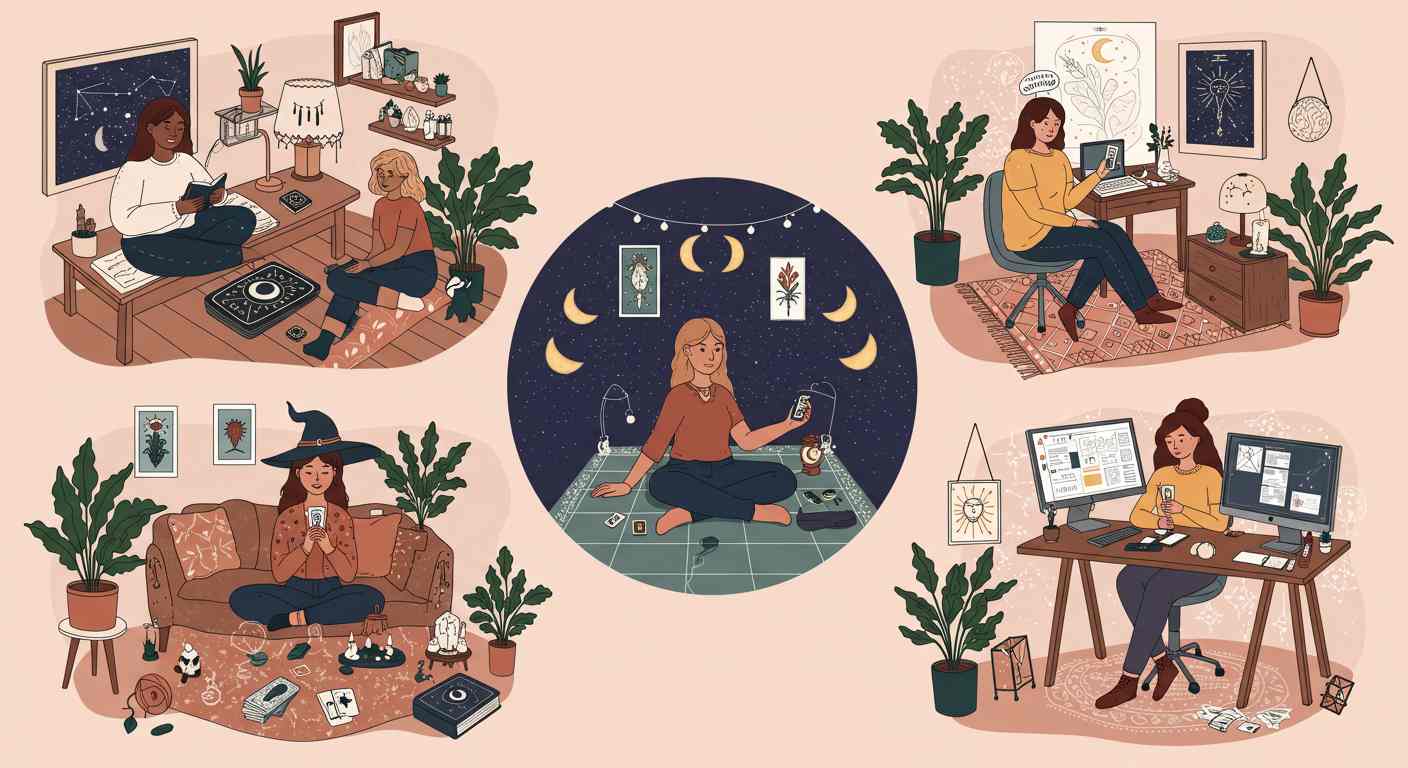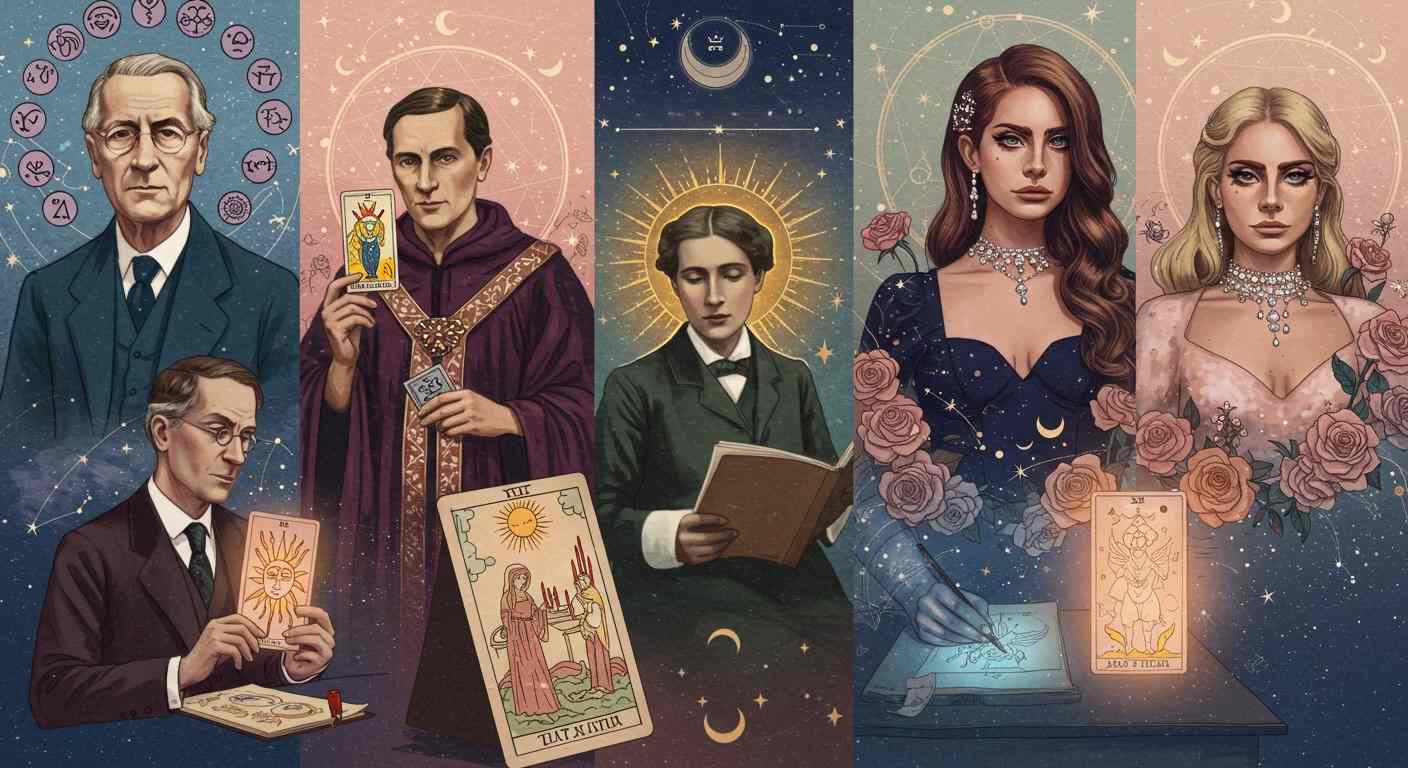What Is Tarot? History, Symbolism, and Famous Users
Tarot is a reflective system of symbols—used for clarity, creative insight, and spiritual growth. Learn how the deck is structured, where it comes from, and what a reading can (and can’t) do.

What Is Tarot?
Tarot is more than a deck of 78 cards—it’s a mirror for the psyche and a language of symbols. Used well, it sharpens perspective, reveals patterns, and supports grounded decision-making.
While often linked with fortune-telling, modern readers use tarot for reflection, coaching, and creative problem-solving. During a reading, images and positions weave meaning—helping the conscious and subconscious mind “talk” to each other.

History of Tarot
Tarot began in 15th-century Italy as tarocchi, a courtly card game. In the 18th century, French occultists linked tarot with Egyptian lore and Kabbalah. By the early 1900s, the Hermetic Order of the Golden Dawn and writers like Éliphas Lévi and A.E. Waite reframed tarot as a symbolic, initiatory map. In 1910, the Rider–Waite–Smith deck popularized fully illustrated scenes for all 78 cards—making intuitive reading far more accessible.
Structure of Tarot Cards
A tarot deck has two parts: the 22-card Major Arcana (big archetypal lessons), and the 56-card Minor Arcana (everyday life) in four suits—Cups, Wands, Swords, Pentacles.
- Cups (Water): emotions, relationships, intuition
- Wands (Fire): passion, creativity, ambition
- Swords (Air): intellect, conflict, choice
- Pentacles (Earth): resources, health, work
The Arcana — Quick Guide
Major Arcana = life’s big initiations · Minor Arcana = daily experience and practice.
🌟 Major Arcana
22 archetypes like The Fool, The Lovers, The World that map identity, purpose, and turning points.
- Signals destiny shifts and deep lessons.
- Great for yearly readings and milestones.
- Try: Past Lesson · Current Initiation · Next Threshold.
- Reversals = inner-work prompt, not “bad”.
✨ Minor Arcana
56 cards in four suits—Cups, Wands, Swords, Pentacles—for relationships, energy, mindset, and resources.
- Courts = roles/approaches; pip cards = situations.
- Great for weekly planning and daily pulls.
- Try: Nurture · Act · Reframe (3-card spread).
Metaphysical Meaning & Symbolism
Tarot imagery pulls from astrology, alchemy, numerology, the Tree of Life, and sacred geometry—so each card can “speak” on personal, spiritual, and mythic levels.
- Astrology: e.g., The Star ↔ Aquarius.
- Numerology: Aces = beginnings; Tens = completion.
- Elements: Earth · Air · Fire · Water power the suits.
- Color: palettes hint at mood and chakra resonance.
What to Expect From a Reading
A reading is a pause for perspective. After you set an intention or question, cards are drawn into a spread—each position reflecting time, challenge, or guidance. You leave with clarity and next steps (not rigid predictions).
- Clarity & possibilities over certainty.
- Intuitive interpretation of imagery, number, and position.
- Spreads from 1-card and 3-card to Celtic Cross.
- Tools like crystals or candles may set the space.
Who Can Use Tarot?
Anyone. No belief system or certification required. People use tarot for meditation, journaling, emotional clarity, and creative work.

- Beginners: Start with RWS and a journal.
- Witches & mystics: Moon cycles, ritual, spellwork.
- Therapists: Shadow work, dreams, emotional processing.
- Writers & creatives: Overcome blocks; shape character arcs.
Famous Tarot Enthusiasts
Many influential figures have turned to tarot for insight or inspiration—from psychologists to poets and pop icons.

- Carl Jung — archetypes & the collective unconscious.
- Aleister Crowley — Thoth Tarot with Lady Frieda Harris.
- W.B. Yeats — Golden Dawn poet-magician.
- Pamela Colman Smith — iconic RWS illustrator.
- Lady Gaga & Lana Del Rey — tarot imagery in music/art.
